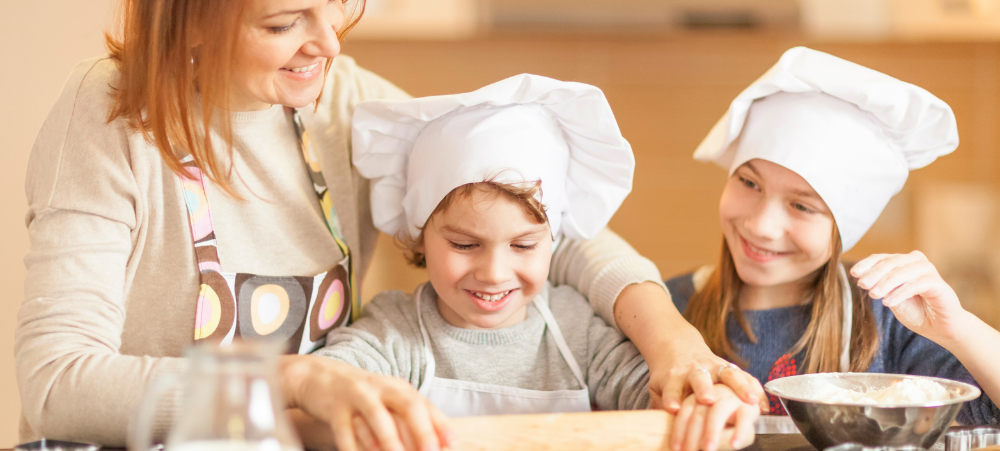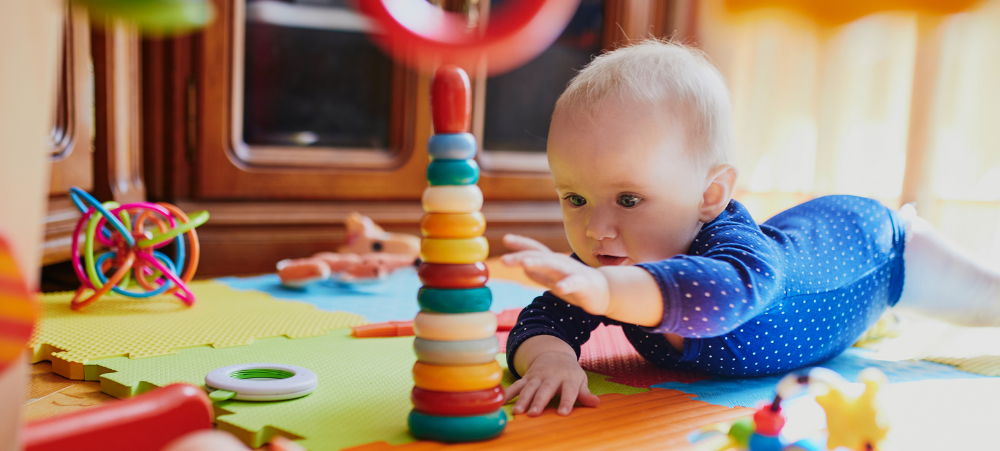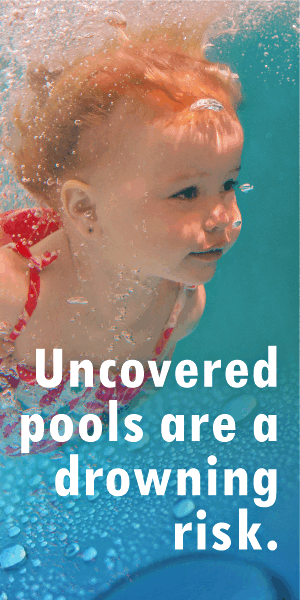Learning to count from one to ten, and later to a hundred, is an important milestone in early math development. However, it is equally important for young children to learn to understand the “how many-ness” or the value that every number represents. Teachers and therapists refer to this important school readiness skill as number concept. Grade R’s typically count to a hundred, but few truly understand the quantities that different numbers describe. In other words, many children freeze when you ask: “If you have six balls and your friend has eight balls, who has more?” Children who don’t understand the value of numbers will naturally not be able to conjure up a mental image of two sets of objects (in this case, a set of six balls and a set of eight balls) and then compare the sets against each other to determine which one of the two is bigger or smaller. And, as a result, they won’t be able to add and subtract with understanding. It’s important to play games with your child on three levels if you want him to develop a clear understanding of the value of different numbers. Firstly, use body movements to demonstrate numbers. Secondly, provide many opportunities for him to use his hands to handle and count off certain numbers of objects. And thirdly, make sure to include games that encourage your child to visualize different numbers of objects in his mind’s eye. You can, for instance, teach a three-year old to do the following: To include body movements, ask him to move (e.g. clap, jump or twirl) one, two or three times. To incorporate the handling of objects using his hands, you can ask him to hand you one, two or three of something whenever the opportunity pops up. To involve the mind’s eye, you can place a pile of single Lego blocks, 2-block-towers and 3-block-towers in a bag and then take turns with your child to use your sense of touch to find one of each number without looking. Then arrange your towers from one to three. Games should naturally become more challenging as a child grows older. However, the basic prerequisite for success remains unchanged throughout the first seven years: the more concrete (hands-on and tangible) the experience, the easier it is to learn. Children progress from concrete functioning to abstract reasoning as they enter primary school. Children function on a concrete level up to Grade R (where they still need to touch and handle tangible objects to discover and understand ideas about those objects) before moving on to being able to fully grasp unseen ideas on an abstract level in Grade 1. Most importantly, they need time and playful practice or else they won’t grow into being comfortable in the world of representations and symbols. It’s crucial for every Grade R learner to reach the point (by the end of the year) where he or she is able to picture an image in the mind’s eye of a number line. After throwing two dice, he should be able to name the number shown on any one of them at first glance (without counting), before shifting his attention to the second dice to “count on”. In other words, if the dice landed on three and four, he could look at one and say, three”, before pointing to each of the dots on the second dice as he counts on: “four – five – six – seven … it’s seven!” (Alternatively, he could choose to start with four, and then continue with “five – six – seven” on the second dice.) He should be able to arrange the numbers 1 to 10 in order, with each of them in its proper place, based on the value that it represents. When you point to any number from 1 to 9 on the number line, he should be able to name the number that is “one bigger” or “one smaller”. As he enters Grade 1, he can learn to do this without looking. What can I expect from my child at every age along the way? Toddlers discover the meaning of “one and many” during the second year of life. Two-year olds usually learn to rote count to three and you can teach them to hand you either one or two toys. Three-year olds can be expected to count to five and they understand the concepts of one, two and three well enough to be able to hand you that many of an object. Well-developing four-year olds can be expected to rote count to 10 and count off any number of objects from 1 to 5. Most five-year olds can count to 20 and have a real understanding of numbers up to 10. Finally, a six-year old should be able to count to 100 (also in tens), count off any number of objects between 1 and 20 and arrange the numbers from 1 to 10 in order to build a number line. Learning to work with numbers is much like learning to speak a special kind of language. Learning the language of mathematics is largely about getting better at understanding the properties of numbers and recognizing relationships and patterns ever more quickly. Naturally, acquiring these skills takes time simply because learning a new language always involves building new brain wiring. Ultimately, you want your child to reach a point where navigating around in the world of numbers will become second nature to him – like a golfer’s swing. Any kind of math play is better than none, but if you want your child to benefit optimally, you’ll need to play as many age-appropriate games as possible at home from toddler stage, and repeat them often. This article is written by: The Practica Programme is a comprehensive research- and play-based home programme. This unique system has stood the test of time since 1993, and it comprises of a wooden box with specialized apparatus, parents’ guides, an advisory service and educational newsletters. From birth to 23 months of age, parents choose from a balanced selection of more than 1000 activities to develop the 14 fundamental skills age-appropriately. For children between 2 and 7 years, the 50 school readiness skills are divided into 6 groups and tackled systematically, year by year, with 10- to 20-minute games that can be adapted to a child’s level of functioning.



































